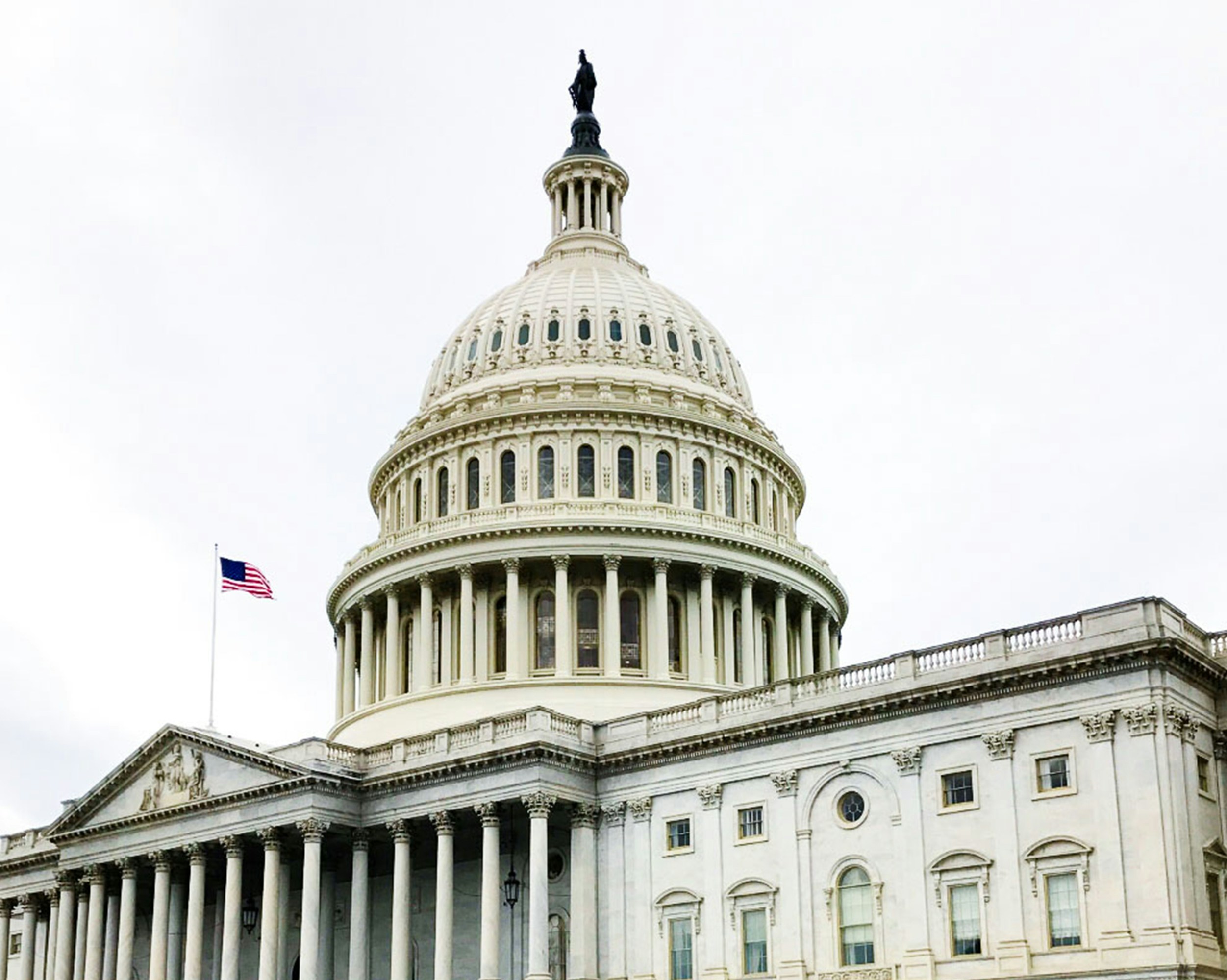
News
Diversity or Divisiveness?
- Breaking News
Employer focus on DEI, however well intentioned, may have a detrimental effect on the workforce if not handled properly. While many employers promote DEI as “the right thing to do,” it’s essential for DEI success and acceptance that the right thing is not done the wrong way. The following are some factors to consider:
- Consider diversity as more extensive than a focus on protected classes. The
enrichment within a diverse workforce is more than the primary areas of
focus—race, gender and sexual orientation/identity. Expand what’s
considered diverse to include interests, education, political beliefs,
family background—in essence, the great variety of personal experiences
that help to enrich the workplace.
- Be careful of specific goal targets based on protected class. There are
two primary reasons for this. First, does it signal to others in the
workplace that those selected were chosen to meet the goal and not because
of their qualifications? Specific goals may create the impression
that promotions and other workplace opportunities are not awarded based on
merit. It also may create an impression that those selected could
not achieve that opportunity on their own merit, what has been referred to
as “the soft bigotry of low expectations.” The second reason is legal—the
potential for discrimination claims. What an organization
communicates about its DEI initiatives and how employees are
selected/promoted may result in discrimination litigation. What is
required legally is equality of opportunity, not equality of
outcome.
- Expand the equality of opportunity outreach. For example, if your
organization seeks college graduates in a particular field, include
recruitment at HBCUs. If your organization is seeking bids for a
particular project, specifically reach out to include minority/female
owned enterprises. The selection is based on merit, but the
opportunity to compete is pro-actively more inclusive.
An expansive approach to DEI may contribute to a workplace of diverse thoughts and ideas, the outcome of which could be a better product or service and a culture employees are proud to be part of.
If you have any questions regarding how to approach diversity in the workplace, please contact





